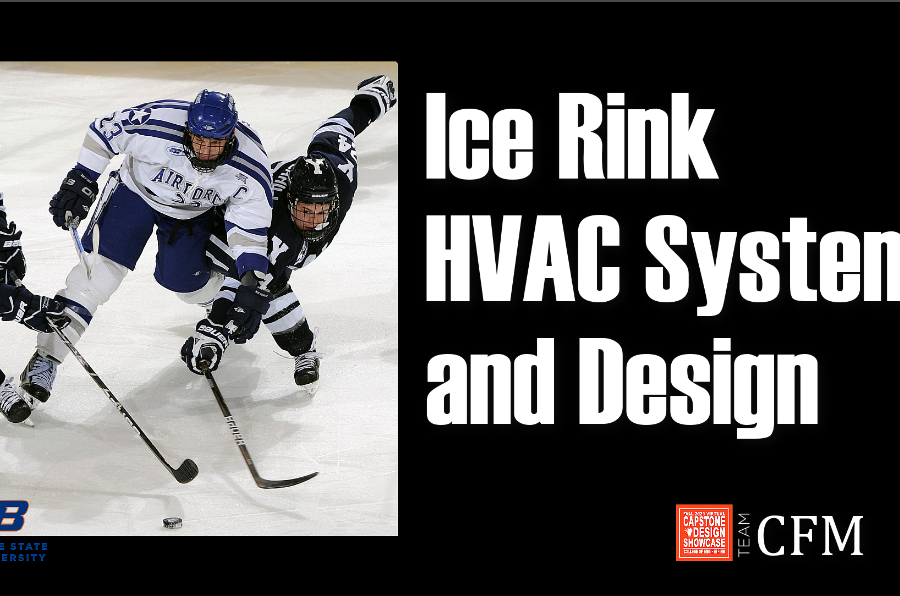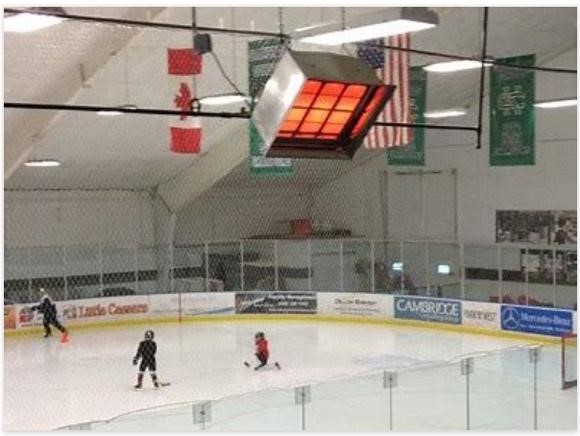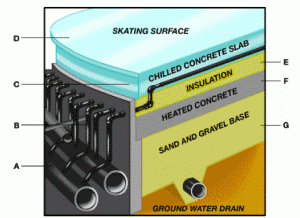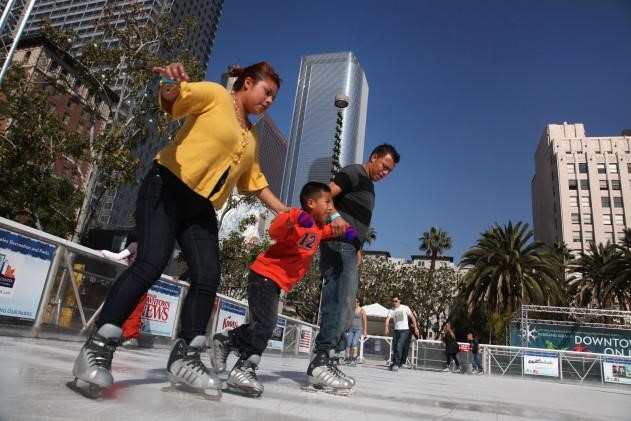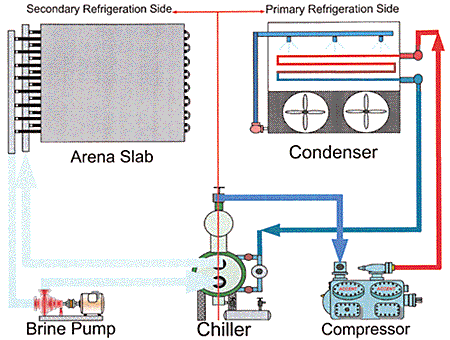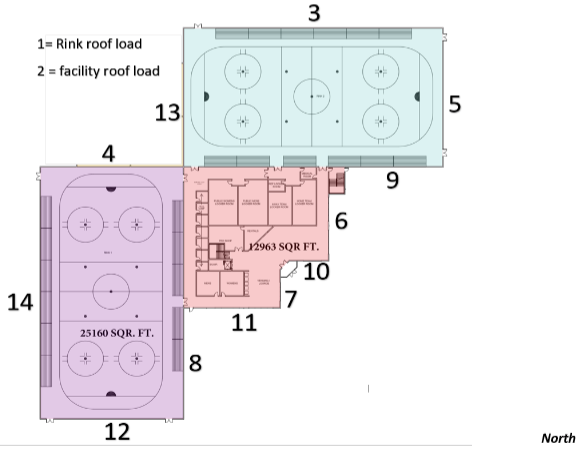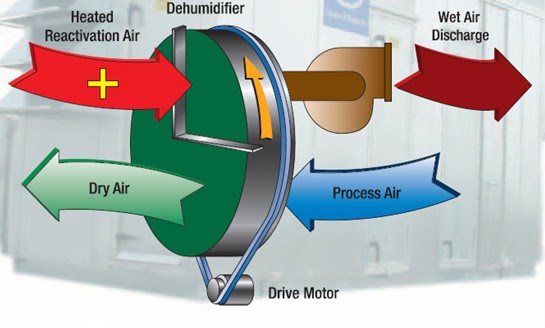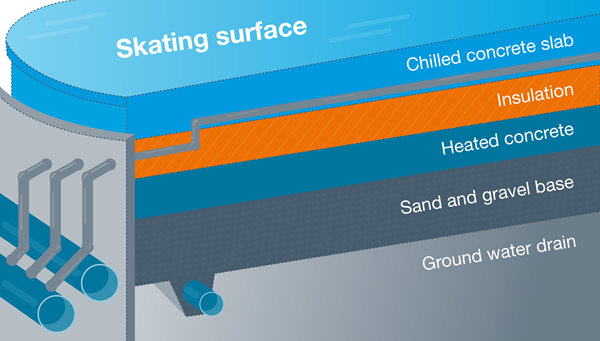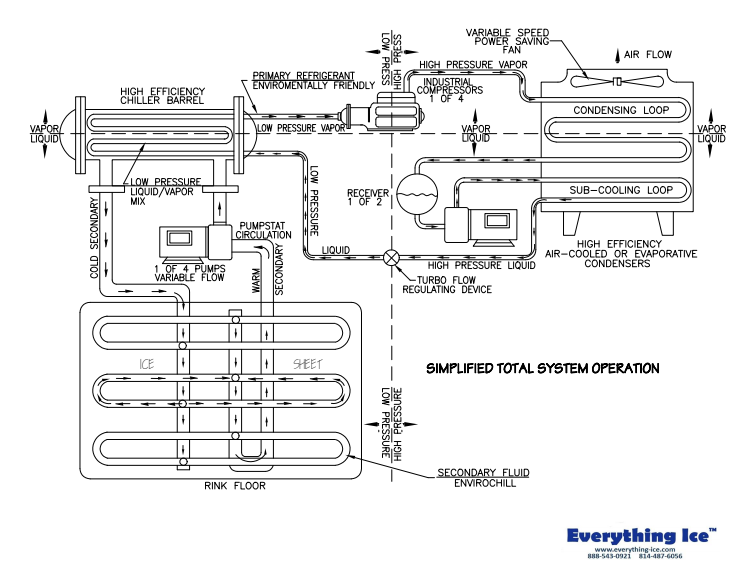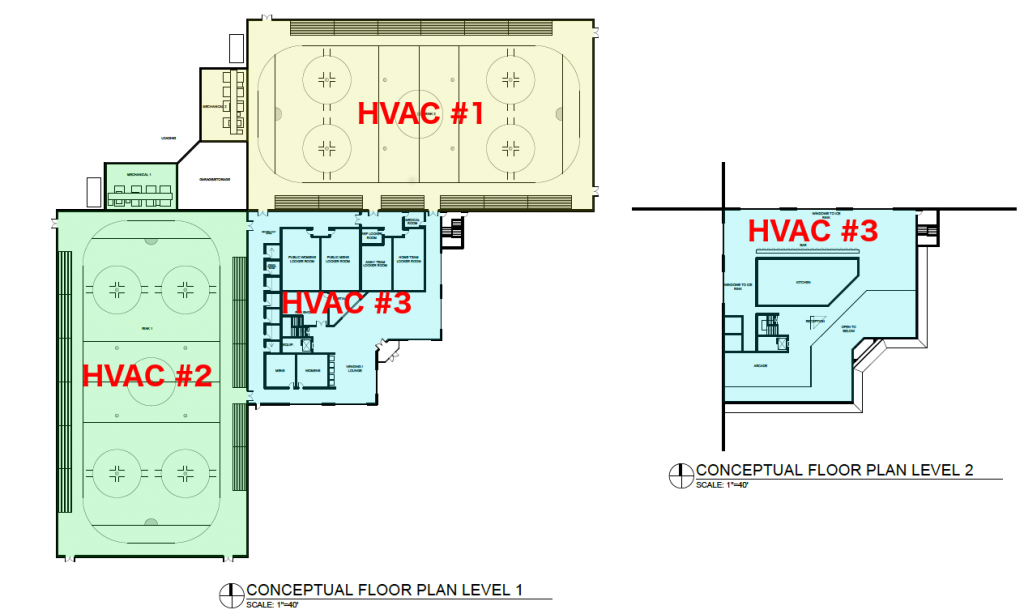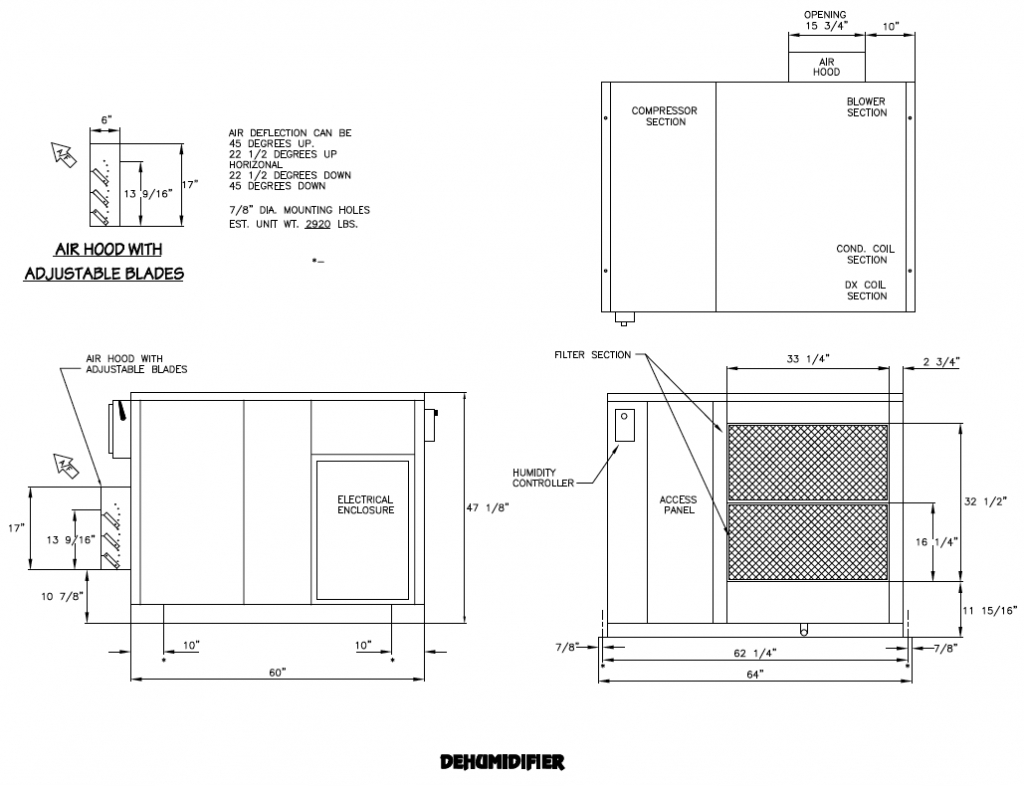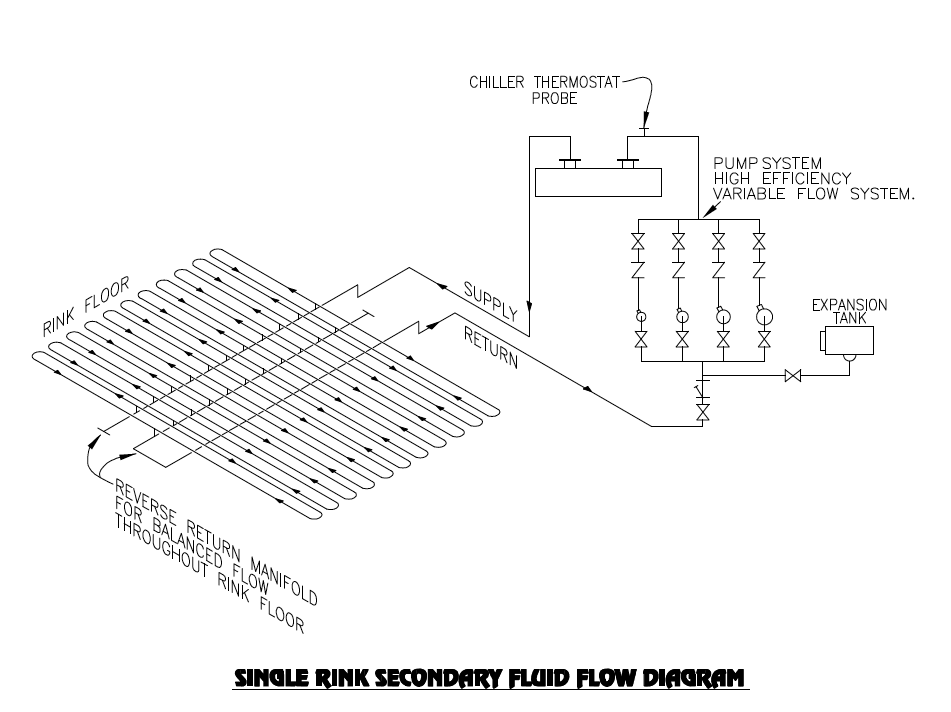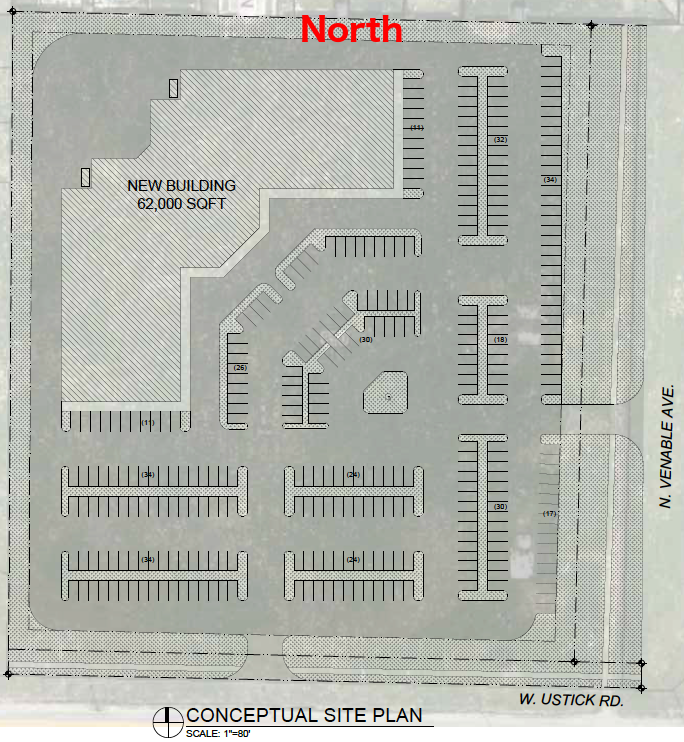Mr. Lynn Catlin desires an HVAC system and an ice rink refrigeration system design for a duel indoor ice rink with area of 73,000 (sq. ft). The design will include heating, ventilation, and air conditioning for the entire complex to include cooling at least one ice rink. Energy efficiency for the building is the main focus of the design. The complex will have a 25 year life span and will need to be profitable to continue its operation.
Who:
This project is presented by a single individual, Lynn Catlin, who represents a larger endeavor.
What:
Design the most efficient HVAC system for an indoor Ice rink plus central area with locker rooms, bar, etc. This includes cooling the ice, and insulating the facility.
Why:
Success of this project will provide a 25 year business to the Treasure Valley location. A more efficient building leads to a higher profit margin, hence why thermal efficiency is the priority
Details that are indispensable:
- HVAC stands for heating, ventilation, and air conditioning.
- An ice rink absorbs a lot of heat, thus keeping the ice rink cold is a top priority. Keeping this in mind, the design needs to make this process extremely efficient.
- Building must be aligned to take into account the heating effect of the sun.
Attributes for a successful solution:
- Careful research into the weather and how it affects the buildings of Treasure Valley.
- Careful planning and researching ice rink designs
- Research and planning HVAC design.
- Determining whether to use Ammonia or CO2 as refrigerant.
- Look at insulating the facility
- Controlling the emissivity of the roof.
- 1 ice rink is official, but plan for two.
- Cooling the locker rooms, common areas and grille cannot be overlooked.
